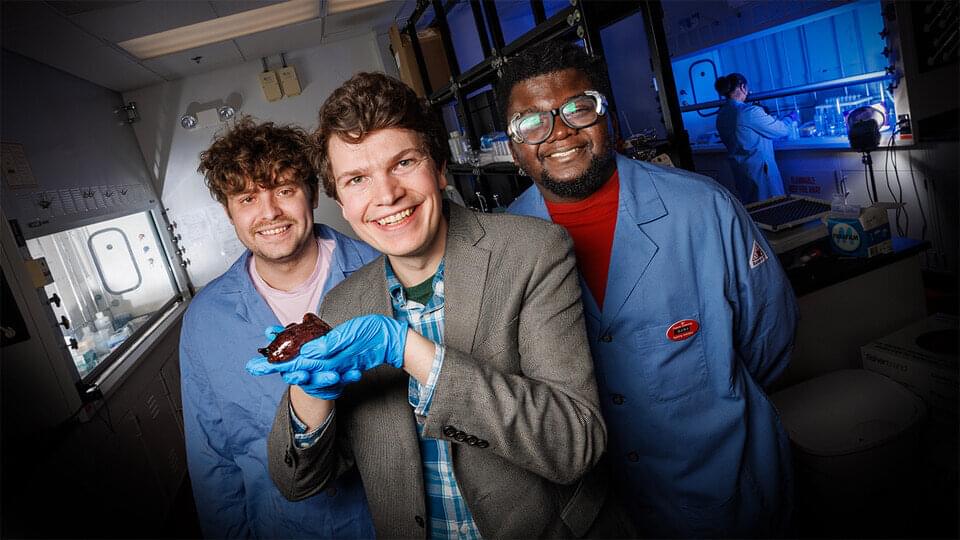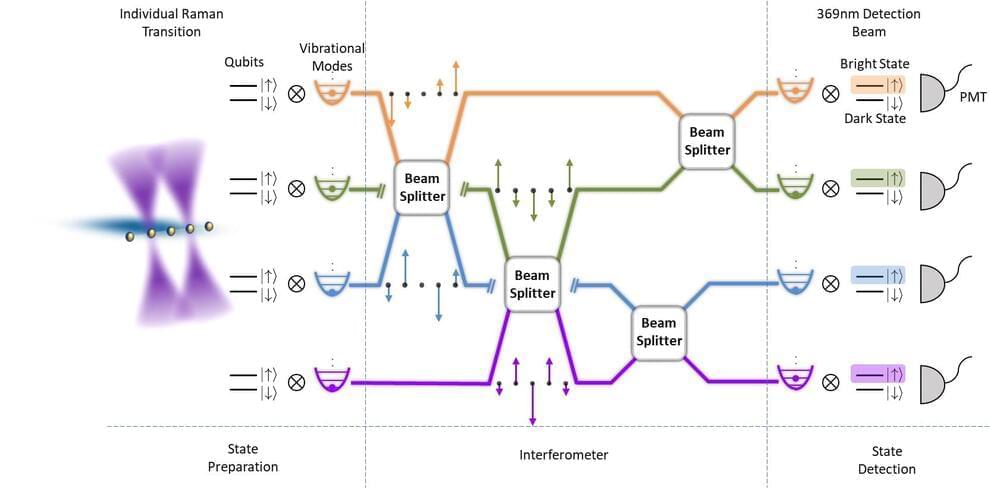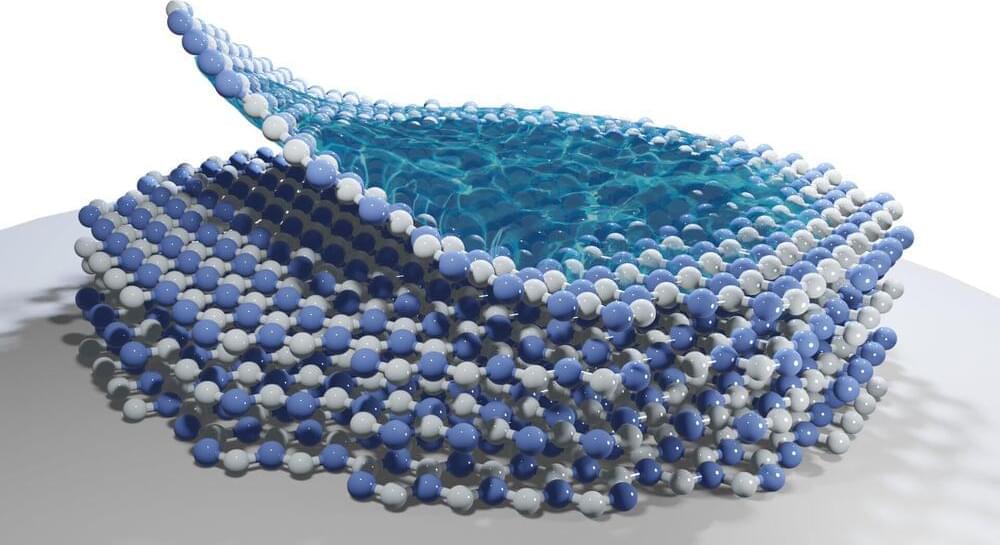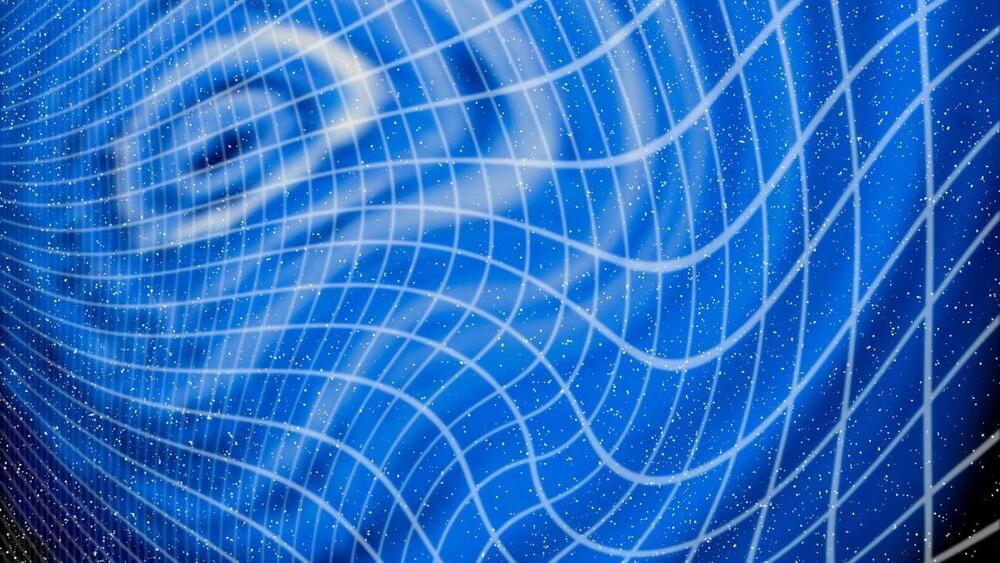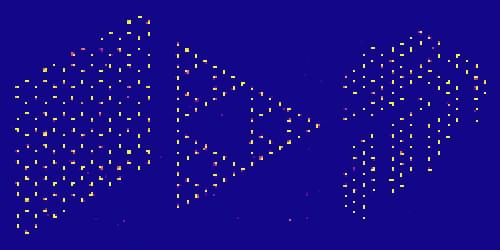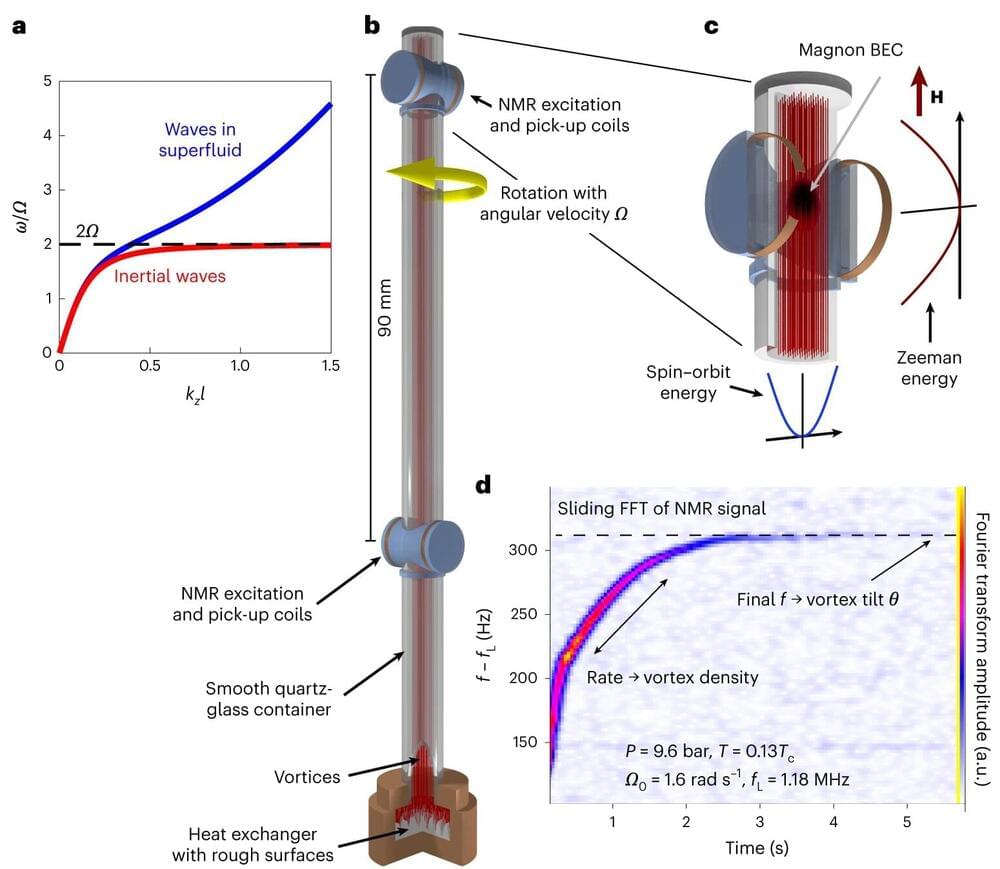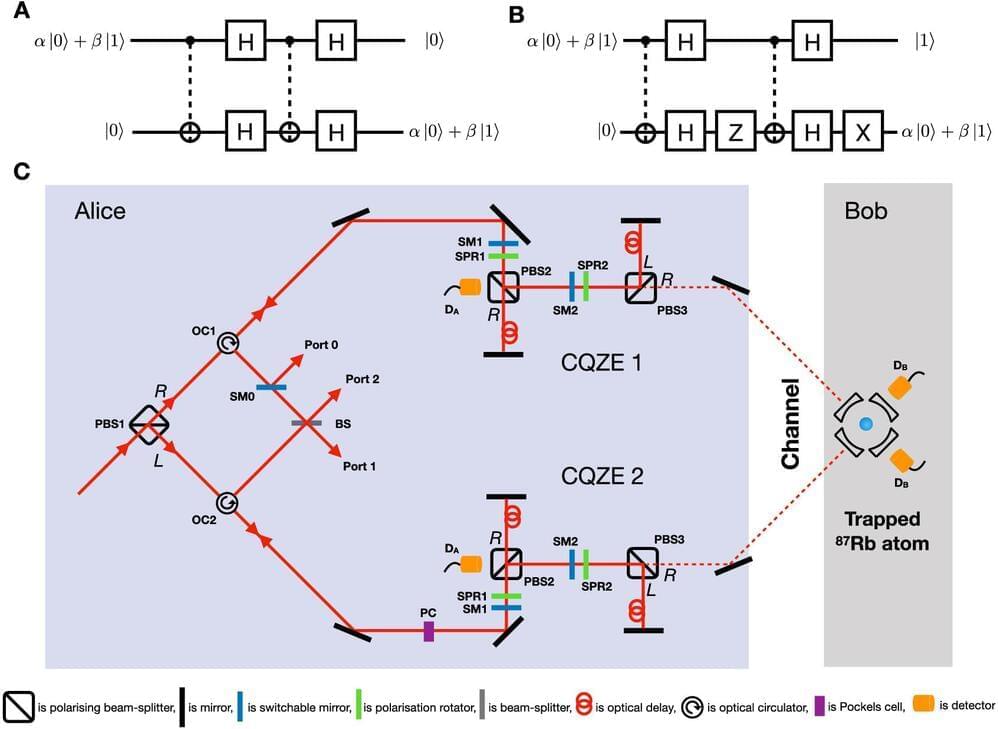Mar 17, 2023
Mirror-imaging in molecules can modify neuron signaling
Posted by Dan Breeden in categories: neuroscience, particle physics
With the aid of some sea slugs, University of Nebraska–Lincoln chemists have discovered that one of the smallest conceivable tweaks to a biomolecule can elicit one of the grandest conceivable consequences: directing the activation of neurons.
Their discovery came from investigating peptides, the short chains of amino acids that can transmit signals among cells, including neurons, while populating the central nervous systems and bloodstreams of most animals. Like many other molecules, an amino acid in a peptide can adopt one of two forms that feature the same atoms, with the same connectivity, but in mirror-image orientations: L and D.
Chemists often think of those two orientations as the left and right hands of a molecule. The L orientation is by far the more common in peptides, to the point of being considered the default. But when enzymes do flip an L to a D, the seemingly minor about-face can turn, say, a potentially therapeutic molecule into a toxic one, or vice versa.
